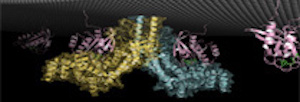Pharmacology Faculty
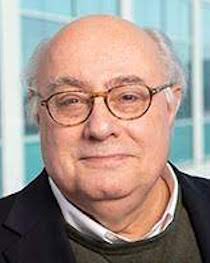
Joseph Albanesi, Ph.D.
joseph.albanesi@utsouthwestern.edu
Our lab investigates the dysregulation of dynamin in neuromyopathies, and the role of phosphoinositides in endocytic trafficking.
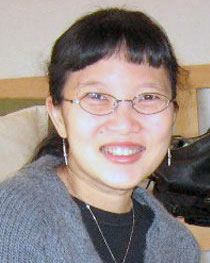
Yuh-Min Chook, Ph.D.
Lab Website • yuhmin.chook@utsouthwestern.edu
We study how nuclear-cytoplasmic trafficking of macromolecules coordinated by the Karyopherin-βs family of nuclear transport receptors contributes to overall cellular organization.


Melanie Cobb, Ph.D.
Lab Website • melanie.cobb@utsouthwestern.edu
The Cobb Lab studies signal transduction mechanisms, especially MAPKs, WNKs, and Ste20-related protein kinases. We focus on the relationship of nutrient regulation of pancreatic beta cells to neuroendocrine cancers.
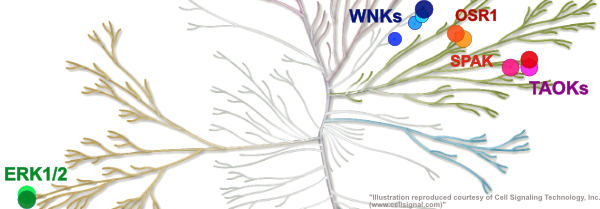
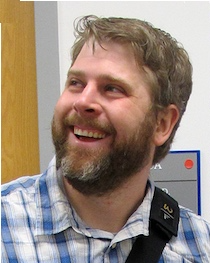
Jim Collins, Ph.D.
Lab Website • JamesJ.Collins@UTSouthwestern.edu
We seek to understand fundamental aspects of schistosome biology, including the biology of somatic and reproductive stem cells.
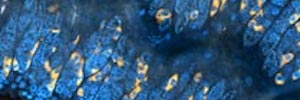
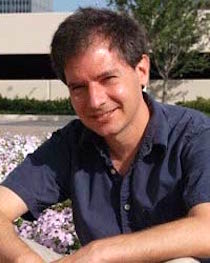
David Corey, Ph.D.
Lab Website • corey@chop.swmed.edu
We study how the chemical properties of synthetic nucleic acids affect recognition of RNA and DNA, investigating allele-selective recognition of disease genes that contain expanded repeat regions, and developing RNAi proteins to control splicing or transcription.

Joel Goodman, Ph.D.
joel.goodman@utsouthwestern.edu
The Goodman lab studies trafficking and assembly of intracellular lipid droplets, with particular attention on the lipodystrophy proteins lipin and seipin.
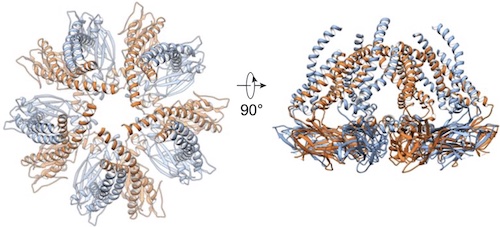

Sarah Huen, M.D., Ph.D.
Lab Website • sarah.huen@utsouthwestern.edu
We study how metabolic adaption promotes survival during sepsis and how the kidneys contribute to systemic metabolism during inflammation.
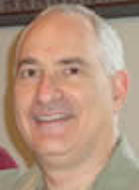
Mark Lehrman, Ph.D.
mark.lehrman@utsouthwestern.edu
Dr. Lehrman serves as Assistant Dean for Academic Facilities and Resource Planning. His scientific expertise is synthesis and recognition of glycoconjugates—polysaccharides coupled to proteins and lipids—with focus on the stress-signaling pathways of the endoplasmic reticulum.
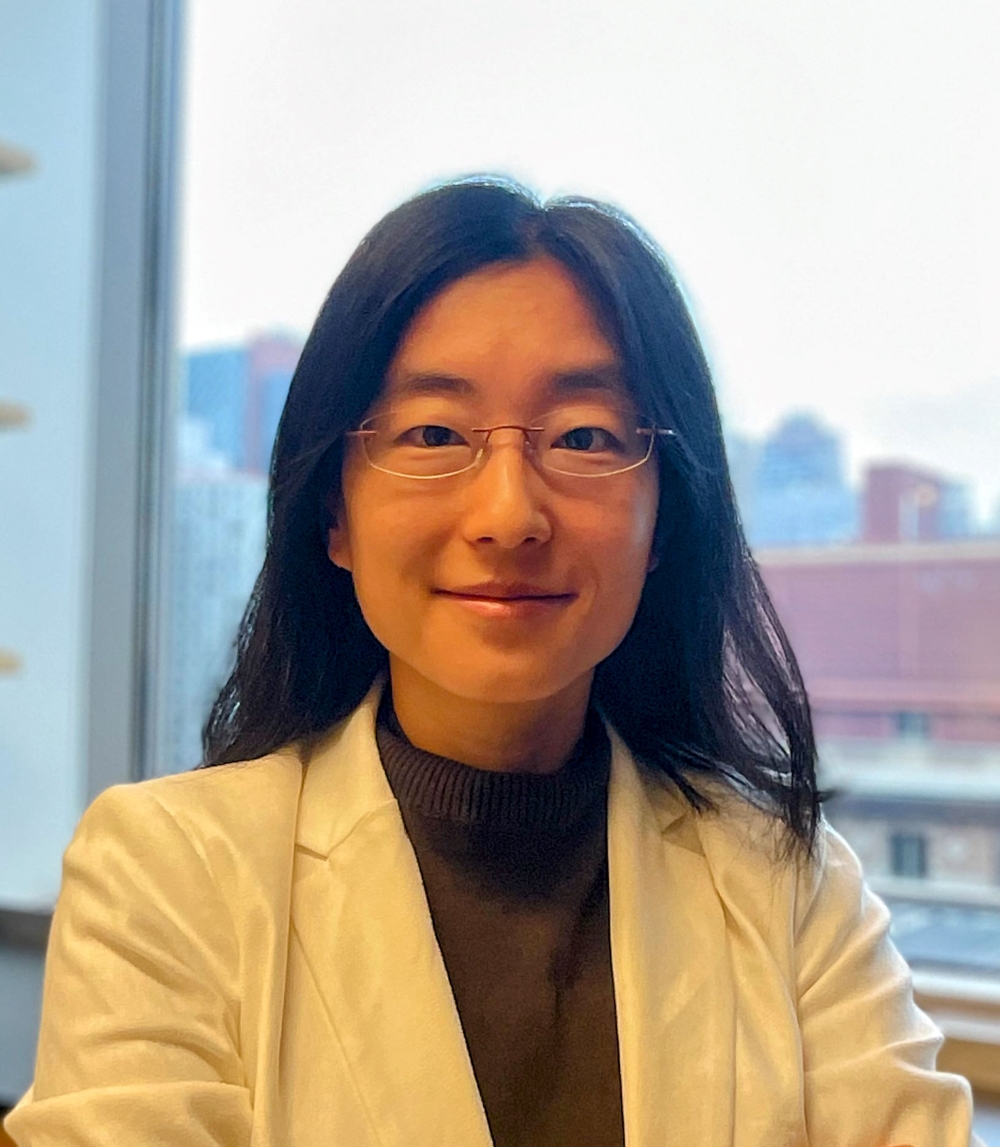
Siqi Liu, Ph.D.
Lab Website • siqi.liu@utsouthwestern.edu
We are broadly interested in injury sensing and tissue repair. Specifically, we seek to understand how our epithelial tissues sense injury and engage in a coordinated repair program to restore homeostasis.


Xuelian Luo, Ph.D.
Lab Website • xuelian.luo@utsouthwestern.edu
We investigate the molecular mechanisms of intracellular signal transduction pathways focusing on the spindle checkpoint and the Hippo pathway.
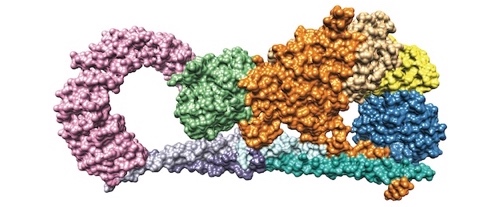

David Mangelsdorf, Ph.D.
Lab Website • davo.mango@utsouthwestern.edu
The Mango/Kliewer Lab studies the physiology of nuclear hormone receptors and fibroblast growth factors. We hope to exploit their signaling networks to create therapies for diseases such as atherosclerosis, cholestasis, obesity, cancer, and nematode parasitism.
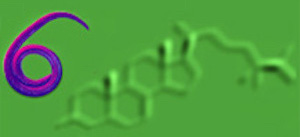
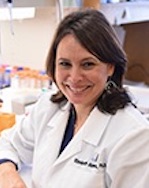
Elisabeth Martinez, Ph.D.
Lab Website • elisabeth.martinez@utsouthwestern.edu
We study the deregulation of transcriptional pathways in human disease and finding small molecules to normalize or modulate these gene-expression patterns.
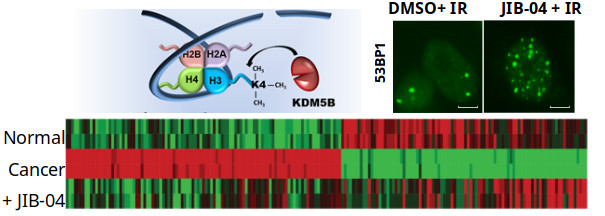

Jihan Osborne, Ph.D.
Lab Website • jihan.osborne@utsouthwestern.edu
The Osborne lab focuses on understanding how RNA regulatory mechanisms (specifically miRNA and mRNA) regulate normal development and disease.
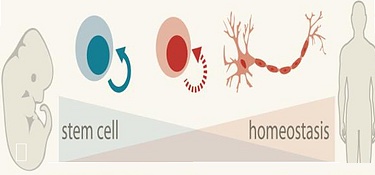

Michael Reese, Ph.D.
Lab Website • michael.reese@utsouthwestern.edu
Our laboratory studies how the ubiquitous parasite Toxoplasma gondii co-opts the cellular signaling of its hosts, and how evolutionary competition has shaped the signaling of both organisms.
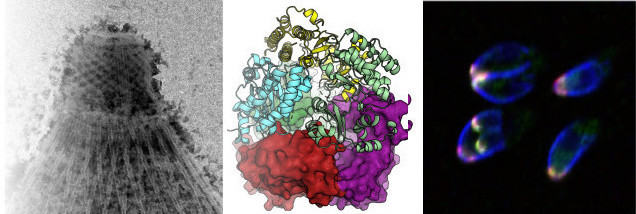
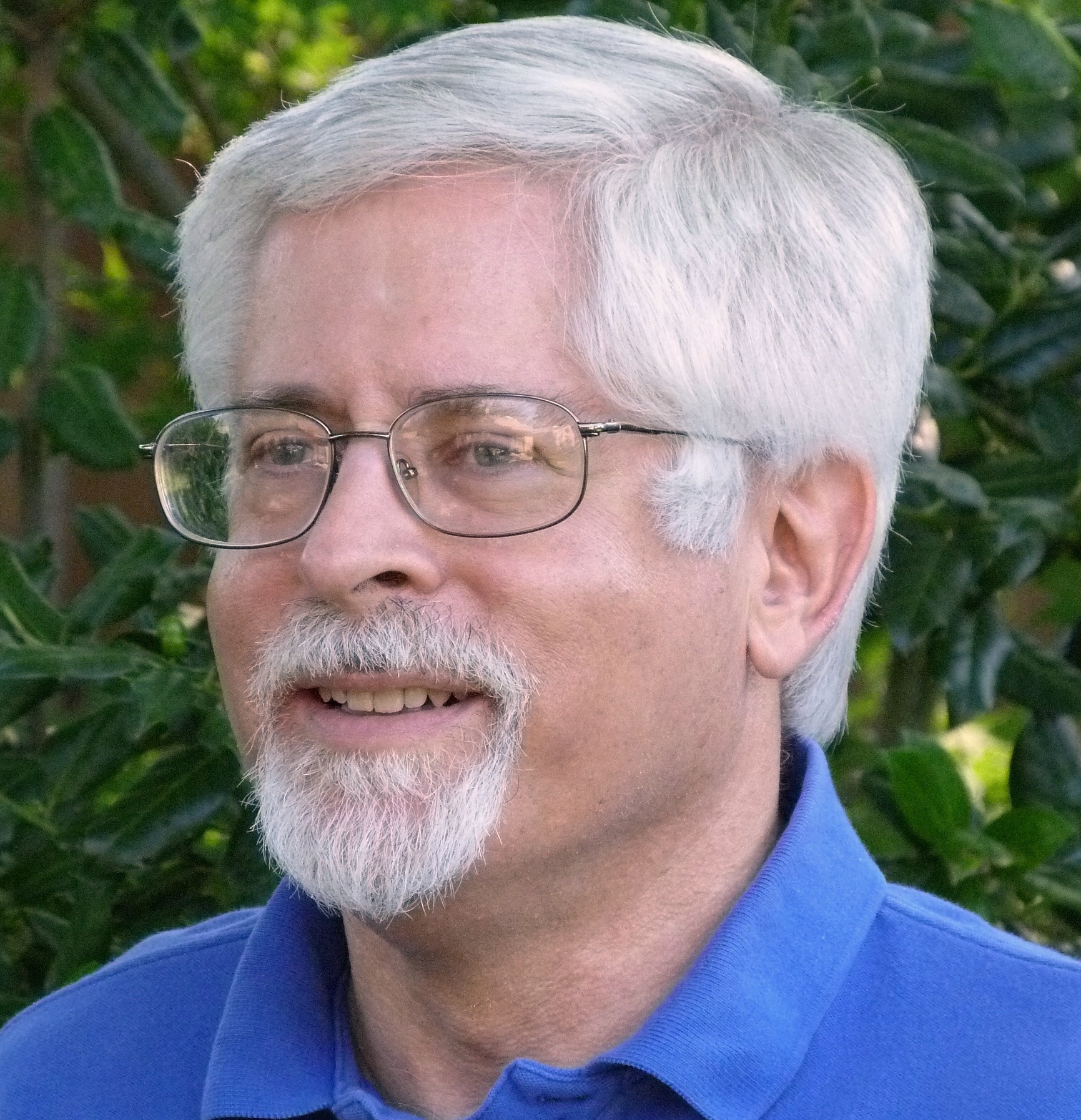
Elliott Ross, Ph.D.
elliot.ross@utsouthwestern.edu
We study the molecular mechanisms used to sort, amplify, and convey information—particularly through G protein signaling modules. I recently became Associate Dean for Basic Research.
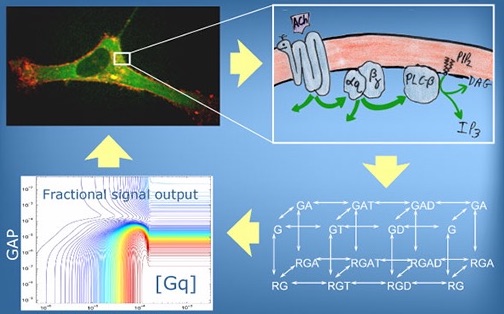
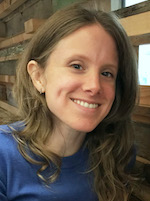
Courtney Schroeder, Ph.D.
Lab Website • CourtneyM.Schroeder@utsouthwestern.edu
The Schroeder lab studies non-canonical cytoskeletal genes that are rapidly evolving and have novel biological functions. We want to know what drives this evolutionary diversification and how it affects fertility, development, and cancer.
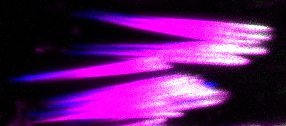

Dean Smith, Ph.D.
We study the link between pheromones and behavior in Drosophila as a model system for information processing by the brain.

Paul Sternweis, Ph.D.
paul.sternweis@utsouthwestern.edu
Our research focuses on elucidation of pathways and mechanisms by which cell surface receptors regulate intracellular function. Current studies, which center on G protein pathways, combine biochemical, structural, fluorescent, and cell-based techniques to gain better understanding of both molecular mechanisms and physiological impact of these pathways.
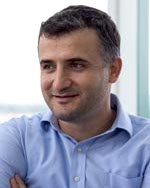
Erdal Toprak, Ph.D.
Lab Website • erdal.toprak@utsouthwestern.edu
We investigate genetic and molecular basis of phenotypic diversity using whole genome sequencing, transcriptome analysis, fluidics, fluorescence, long-term evolution experiments, large-scale combinatorial mutagenesis, computational methods, and other tools.
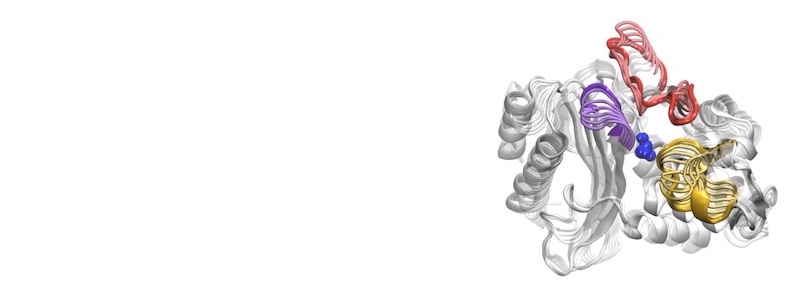

Boyuan Wang, Ph.D.
Lab Website • boyuan.wang@utsouthwestern.edu
The Wang Lab uses chemical biology tools to study the molecular mechanisms underlying interesting bacterial behaviors. We are particularly interested in (p)ppGpp, a universally conserved, starvation-induced nucleotide messenger.
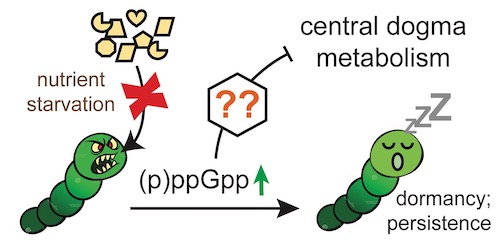
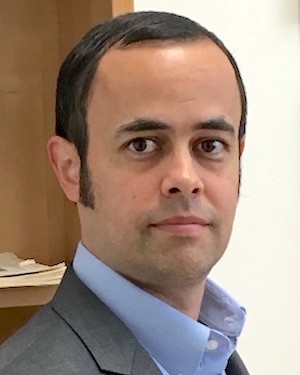
Ben Weaver, Ph.D.
Lab Website • benjamin.weaver@utsouthwestern.edu
The Weaver lab studies non-canonical roles of caspases acting with other proteolytic factors to execute diverse cellular functions, particularly signaling pathways, gene expression dynamics, and cell-fate decisions.
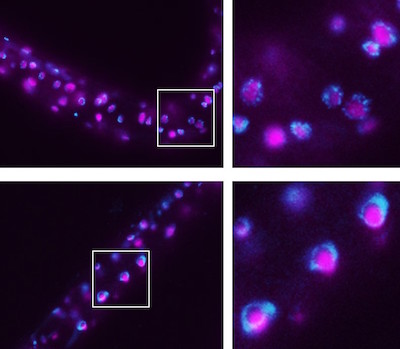

Angelique Whitehurst, Ph.D.
Lab Website • angelique.whitehurst@utsouthwestern.edu
The Whitehurst Lab uses RNAi-based functional genomics to identify gene products that support viability and/or modulate chemotherapeutic sensitivity in tumor cells. Using this strategy, we discovered that tumor cells can depend on aberrantly activated gametogenic genes for survival.

Thomas Wilkie, Ph.D.
Lab Website • thomas.wilkie@utsouthwestern.edu
We study G protein coupled receptor signaling regulating pancreas development, beta cell regeneration in diabetes, and aberrant cell growth and metastasis in pancreatic ductal adenocarcinoma.
![Two images of cells, under the header GPCR-Gq-RGS [ca2+]. The left cell has a thick inner ring stained green and is labeled PDA. The right cell has a diffuse red-stained interior and is labeled Diabetes.](/education/medical-school/departments/pharmacology/assets/wilkie-research.jpg)

Xuewu Zhang, Ph.D.
Lab Website • xuewue.zhang@utsouthwestern.edu
We study signaling mechanisms of transmembrane receptors in neural and immune systems via X-ray, cryo-EM and other approaches.
